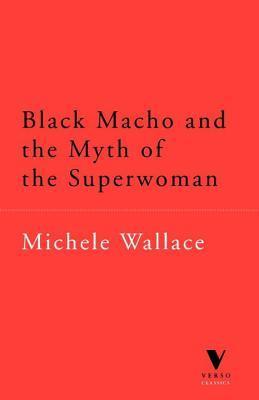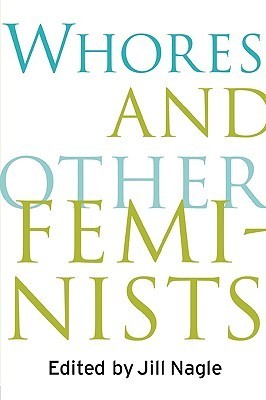
The Beauty Myth
Book Description
Beauty is power—but at what cost? In “The Beauty Myth,” Naomi Wolf unravels the toxic ties between female beauty standards and societal expectations, revealing how the relentless pursuit of perfection ensnares women in a web of anxiety and self-doubt. With razor-sharp insights and a fierce call to arms, Wolf challenges the insidious messages that shape identities and lives, exposing a deep-rooted struggle against a culture that equates worth with appearance. As the battle between personal freedom and societal pressure unfolds, one question lingers: will women break free from the chains of beauty and reclaim their true selves?
Quick Book Summary
Naomi Wolf's "The Beauty Myth" critically examines the pervasive pressures on women to adhere to unrealistic standards of beauty in contemporary society. Wolf argues that as women have gained more personal, professional, and political freedoms, the demand for them to meet oppressive and unattainable beauty ideals has grown stronger. This phenomenon, she contends, is not accidental but rather an instrument of social control designed to undermine women’s confidence, divert their energy, and maintain existing power structures. By dissecting the cultural, economic, and psychological forces behind the beauty industry, Wolf challenges readers to see the personal and collective costs of these pressures—and invites women to resist and redefine what beauty means on their own terms.
Summary of Key Ideas
Table of Contents
Beauty as a Tool of Oppression
Naomi Wolf begins by deconstructing the concept of beauty as a powerful social tool that has historically been wielded to control women's bodies and ambitions. She observes that just as women make strides in the workforce, education, and politics, they increasingly face unattainable and rigid standards of physical attractiveness. This paradox is deliberate, Wolf asserts, functioning as a counterforce to feminism and serving to keep women preoccupied with their appearances rather than their autonomy or agency.
The Relationship Between Female Empowerment and Beauty Standards
Wolf traces the escalation of beauty standards throughout history, identifying a trend where popular images and ideals become more uniform and less attainable. She explains that the beauty myth persists through myths perpetuated by industries—such as cosmetics, fashion, and media—that profit from women’s insecurities. These industries shape the narrative, bombarding women with advertisements and stories that equate worth with physical beauty, fueling a cycle of anxiety, self-judgment, and consumption.
Media and the Commercialization of Beauty
Central to Wolf’s argument is the analysis of the psychological effects these standards have on women. She points out that the expectation to achieve flawless beauty leads to widespread dissatisfaction, eating disorders, and mental health challenges among women. The manipulative messaging creates an environment where women judge themselves and each other harshly, undermining confidence and solidarity. This psychological burden serves to weaken women's collective potential and fuels self-doubt.
The Psychological Impact of Beauty Ideals
Wolf also discusses the intersection between beauty standards and economic structures. She highlights how the financial interests of powerful industries incentivize the propagation of idealized images, ensuring women are perpetual consumers of diets, surgeries, and products. At the same time, these pressures are tied to professional advancement—women may feel compelled to maintain a certain appearance to succeed or be taken seriously, reinforcing the connections between beauty, value, and opportunity.
Paths to Resistance and Redefining Beauty
Concluding, Wolf calls for resistance to the beauty myth through individual and collective action. She advocates for reclaiming the definition of beauty, celebrating diverse bodies and appearances, and supporting one another in rejecting oppressive norms. By challenging media representations and industry practices, Wolf believes women can work toward greater freedom, authenticity, and self-acceptance.
Download This Summary
Get a free PDF of this summary instantly — no email required.





